How to grow a nut tree
Country Life's expert grow-it-to-eat-it gardener Mark Diacono shares his tips on how to grow a nut tree — or even better, an entire nuttery — in your garden.


'Of the many hundreds of trees I have planted, none has given me more pleasure than a pecan when I first sat in its shade,' writes Mark Diacono, Country Life's expert at growing the weird and the wonderful in a British country garden. 'It may not sound as remarkable as eating the juiciest peaches or the most succulent apricots, but it brought a sense of deep connectivity.'
On this page Mark shares his tips for how to grow a nut tree, discusses the different nut tree varieties what will work well depending on your garden, and tells a few tales of the trees he's known and loved.
The best nut trees to plant in a British garden
| Nut | Varieties to consider | Size | Tips |
| Walnut | ‘Broadview’ and ‘Franquette’ are reliable, early yielding, delicious cultivars. ‘Rita’ is smaller than most | >30ft | If close to water, try varieties such as ‘Broadview’ that are resistant to leaf blotch and walnut blight |
| Sweet chestnut | ‘Belle Epine’, ‘Bouche de Bétizac’, ‘Marigoule’, ‘Marlhac’. ‘Marigoule’ is the most reliable partially self-fertile variety | >30ft | May be worth investigating Japanese, American and Chinese cultivars |
| Heartnut | Flavour is similar across varieties, so select for yield and easy cracking, such as ‘Campbell CW3’ or ‘Simcoe’ | >30ft | Closely related to — and hardier than — walnuts. Beautiful heart-shaped nuts |
| Butternut | Few cultivars widely available; most very good. ‘Kenworthy’ is smaller than most, early to bear | >30ft | Also known as white walnut. Hardiest of the walnut family. Partially self-fertile and can be pollinated by walnuts and especially heartnuts |
| Buartnuts | Pollinated by its parents. ‘Mitchell’ is most widely available and usually self-fertile | >30ft | A heartnut/butternut cross |
| Hazelnuts, assorted | Many excellent choices within hazels, filberts, cobnuts, including white filbert and ‘Webb’s Prize Cob’ | 15ft–30ft | Tolerant of wet soils and light shade. Need little processing compared with chestnuts/walnuts |
| Pecans | Northern varieties such as ‘Campbell NC-4’ | 15ft–30ft | Shelter is especially important and branches are brittle |
| Almonds | Peach hybrids such as ‘Ingrid’ and ‘Robijn’ are hardy and more resistant to leaf curl | 15ft–30ft | Choice of rootstocks for different soils, partly self-fertile, can be fan trained |
| Chinkapins | Generic only | <15ft | Also known as chinquapin. Usually smaller and with sweeter nuts than its sweet chestnut relative. Tolerates light shade |
| Bladdernuts | No cultivars. Both American and European bladdernuts are available, with a similar pistachio flavour | <15ft | Tolerant of semi-shade. Self-fertile |

How to plant a nut tree: What you need to know before you begin
- If you’re planting more than a few nut trees, make a scaled plan on graph paper; consider planting in alternate rows, offset so that the pattern of trees is in triangles rather than squares, allowing rows to be closer, but also maintaining the distance between trees
- However young your tree, plant it in your mind as a fully grown tree
- Set out your plan with canes — any undulation can throw a plan out. Views are important, so finesse by eye
- Most nut trees prefer a site with a well-drained, moisture-retentive soil, with no waterlogging potential. A relatively neutral soil is ideal for most (exceptions as above)
- Plant in full sun (see exceptions in the table above)
- Avoid frost pockets and maximise shelter
- Prepare a hole at least 30% larger than the tree’s existing root system needs. This avoids creating a basin in which water collects and ensures the roots have a friable medium to grow into

- Consider using mycorrhizal fungi — available as a powder or gel — to develop a beneficial network of mycorrhiza that promotes root and plant development
- I favour a low stake; this secures the roots from being pulled over, so the upper tree can flex and grow resilient
- Use a tree guard against rabbits
- Early on, mulch for one yard around the base to remove grass competition, retain water and suppress weeds
- Water regularly for the first 18 months
- Use a specialist nursery — its staff will advise on everything
- Decide what to do about squirrels first
- If you have enough space and patience, gingko and monkey puzzles are excellent possibilities

Everything else you need to know about how to grow a nut tree
Of the many hundreds of trees I have planted, none has given me more pleasure than a pecan when I first sat in its shade. It may not sound as remarkable as eating the juiciest peaches or the most succulent apricots, but it brought a sense of deep connectivity.
I owed that shady moment to 150 years of inquisitive growers taking seedlings incrementally north from southern US to Canadian latitudes similar to our own, acclimatising the trees — and their seedlings — to cooler conditions and giving me the inspiration to try them in Devon. Given that pecans can live for 500 years, it wasn’t lost on me that many future generations might enjoy similar moments. Planting an orchard is a gift to the future, but planting a nuttery — even adding a nut tree or two to your garden — is a step beyond.
Considering what to choose is a pleasure in itself. Even familiar nuts such as walnuts and hazels are so much better than those in the shops, but do consider more unusual ones, too. I might urge you towards butternuts, which evoke sweet, buttery walnuts, chinkapins, like sweeter sweet chestnuts, and bladdernuts, which live up to their name of false pistachio. If you find a grower who lets you taste a few before buying a tree, so much the better.
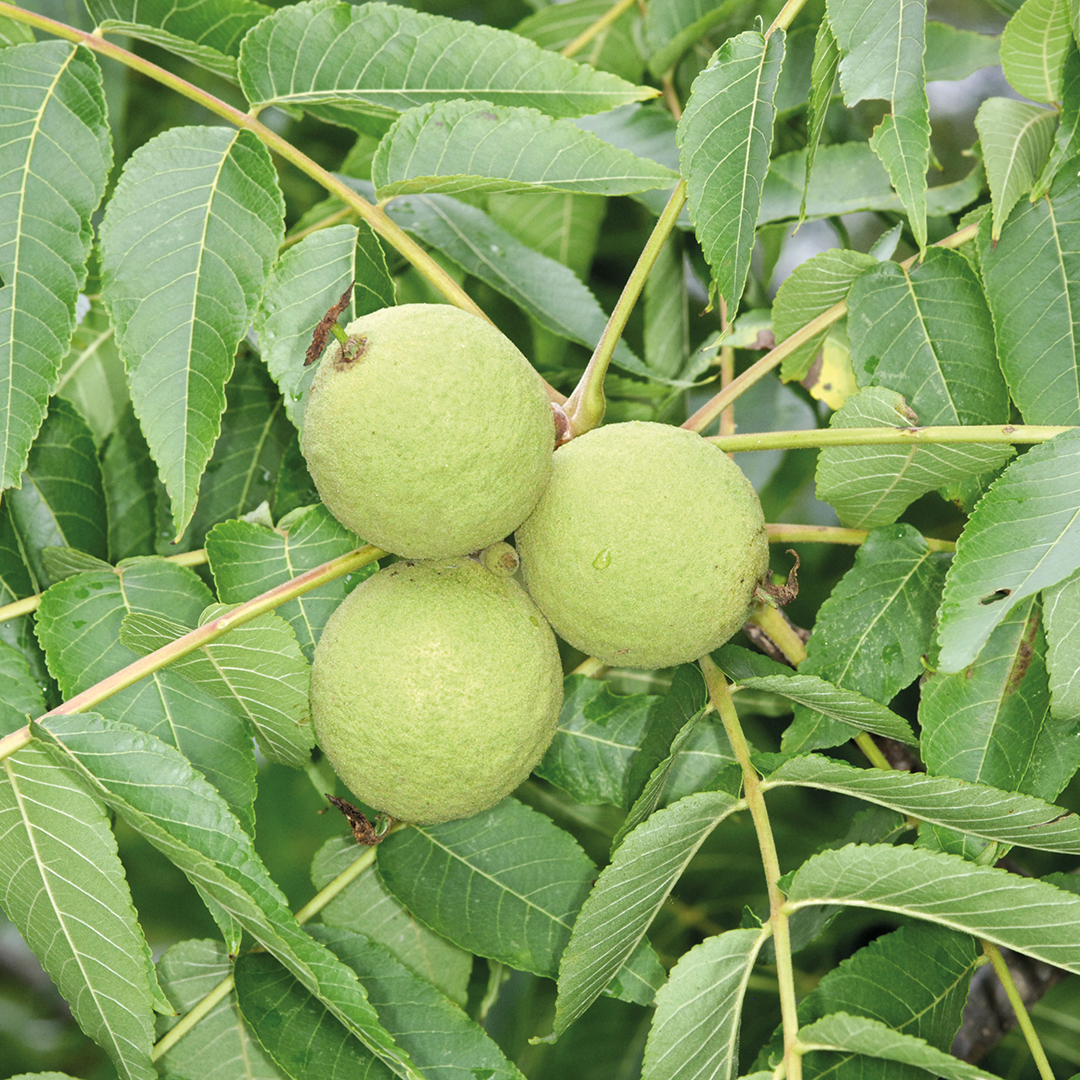
Although fruit trees come with options of dwarfing rootstocks, nut trees are rarely small. A pecan or walnut can easily exceed 30ft in height and spread in time. Don’t be put off, however: there are delicious small-scale options that require less than half that and a few that are self-fertile and tolerant of semi-shade. Take your time choosing, as the generations that follow will curse or cheer you. Flavour, ease of cracking and compatibility with your conditions are all important. In most cases, you will need two for pollination: although most nuts produce male and female flowers, their timing is often out of sync. Of the few that are self-fertile, most produce more substantially with a partner. Your supplier will advise.
"Chosen well, your hedge can provide additional harvests, a wildlife corridor and habitat, as well as attract beneficial insects that will help your nuttery thrive."
With few exceptions, full sun is essential. If you have some latitude in placement, bear in mind that afternoon sun is of greatest value, as warmer air temperatures increase the efficiency of photosynthesis. Avoid frost pockets, especially for more marginal nuts such as almonds, where frosted blossom is likely to be the most limiting factor to success.
Exquisite houses, the beauty of Nature, and how to get the most from your life, straight to your inbox.
Most nuts are wind pollinated and strong winds can flush the pollen away before pollination has occurred. If planting more than a few, consider a windbreak: a hedge will slow the wind for about seven times its height. I favour nitrogen fixers, such as Italian alder and Elaeagnus species: they grow quickly, narrowly (saving space) and feed as well as shelter the nuts. Other options include willow, cherry plums, sea buckthorn, blackthorn and hawthorn. Chosen well, your hedge can provide additional harvests, a wildlife corridor and habitat, as well as attract beneficial insects that will help your nuttery thrive.

Soil fertility greatly affects the health and productivity of nuts. Even unfussy hazels and bladdernuts produce more abundantly in fertile, loamy soils. A neutral soil pH between six to seven is favoured by most; testing kits are available. It’s worth the minimal expense, as encouragement towards this happy medium is easy to undertake — add lime to reduce acidity and compost to dilute alkalinity.
"Squirrel traps are all but essential if you have planted more than a couple of trees"
If you envisage grazing or mowing between trees, nitrogen-fixing clovers — notably the long-lasting red and white clover — are excellent; they enrich the soil and attract beneficial insects. In a forest-garden approach, the planting is based on a natural woodland and tiered from trees through shrubs and herbaceous layers to ground cover; in an ornamental garden situation, the opportunity for planting species that thrive in semi-shade is considerable.
Cut any grass or clover well ahead of harvest time. It makes it easier to spot fallen nuts and place a blanket or sheets beneath the boughs to catch nuts shaken down. I also recommend a nut wizard. Imagine a long-handled paint roller with the head comprising a wide oval of bendy wires. As this head is rolled over the ground, the pressure separates the wires enough to accommodate and trap fallen nuts. It’s a proper back-saver.
Squirrels can be a serious nuisance. There are few viable options — a gun or squirrel traps are all but essential if you have planted more than a couple of trees. You may choose to share some of your harvest, but they can take more than an acceptable share. With walnuts, one way to sidestep this is to harvest them early, as green walnuts, before the shell has formed. The Walnut Tree Company does exactly this with the majority of its crop. They are delicious pickled or infused in vodka to make nocino.
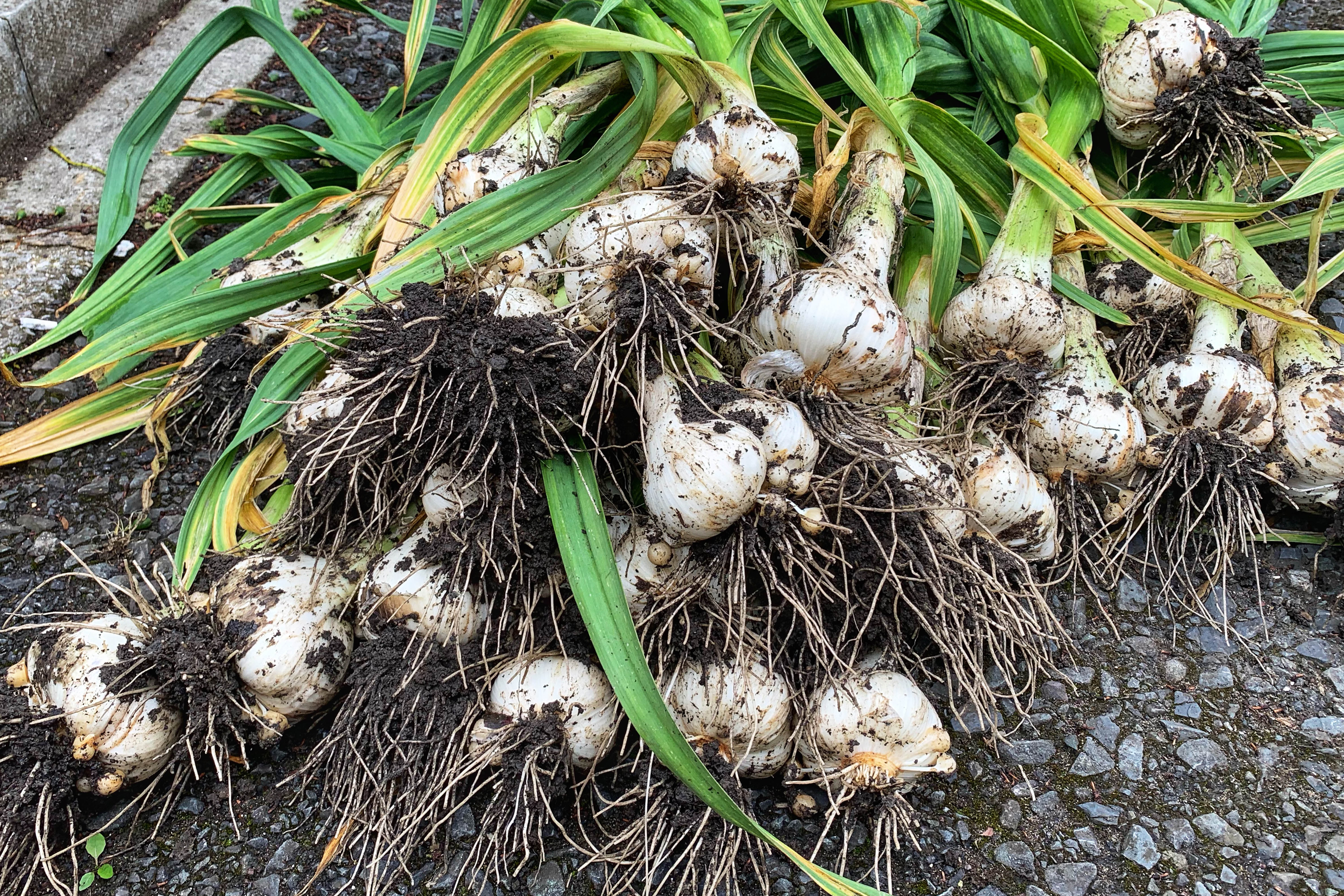
Credit: Getty Images
How to grow garlic: Delicious, lucky and superbly easy to cultivate
Mark Diacono teaches us how to grow garlic.
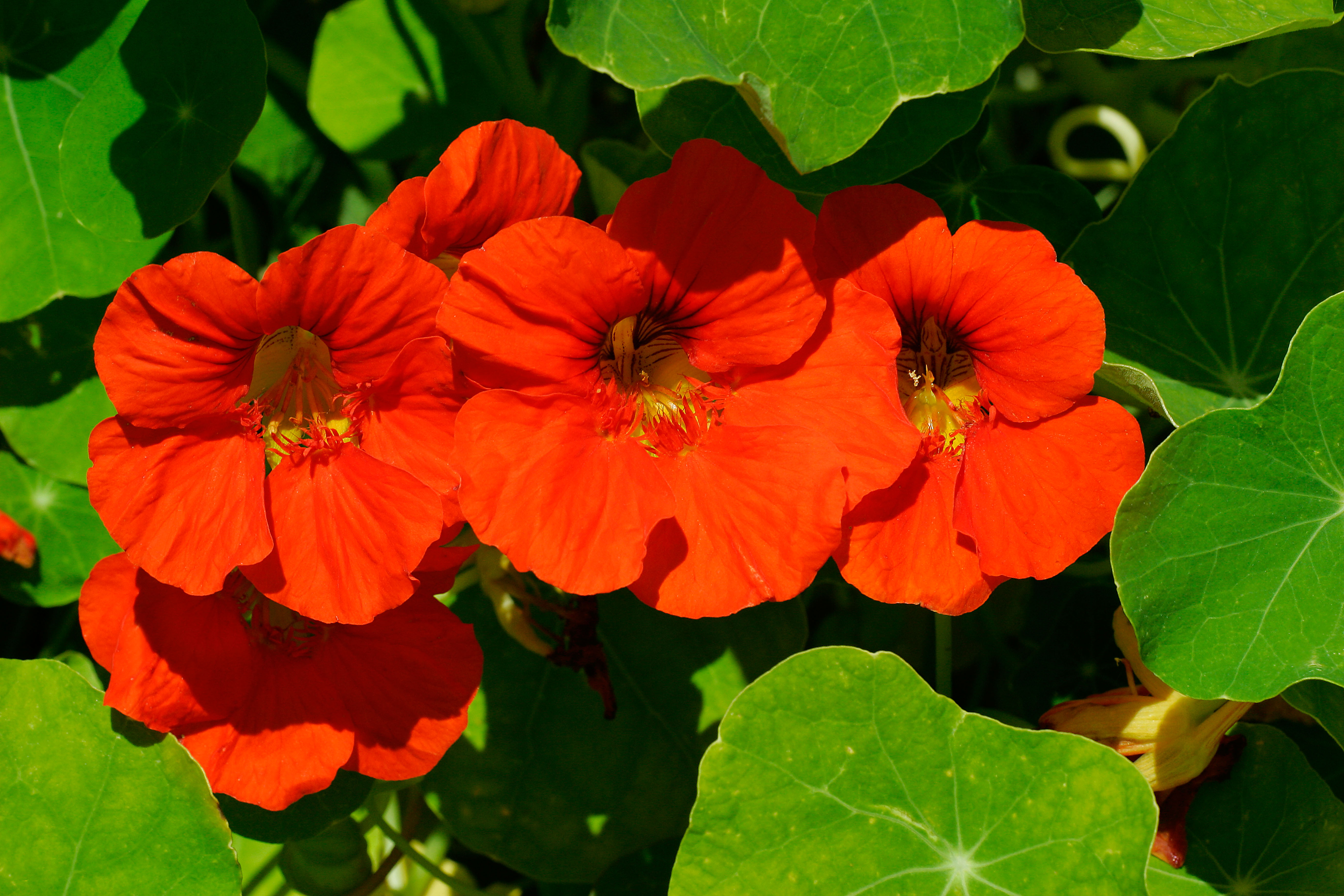
Credit: Alamy
The top salad leaves to grow in your garden for summer garnishes
Mark Diacono tells us his top salads to plant to accompany barbecues this summer season.

How (and why) to grow your own white currants: 'Scatter them over a knickerbocker glory'’
Mark Diacono shares his top tips on how to plant white and red currants, which varieties to choose — and
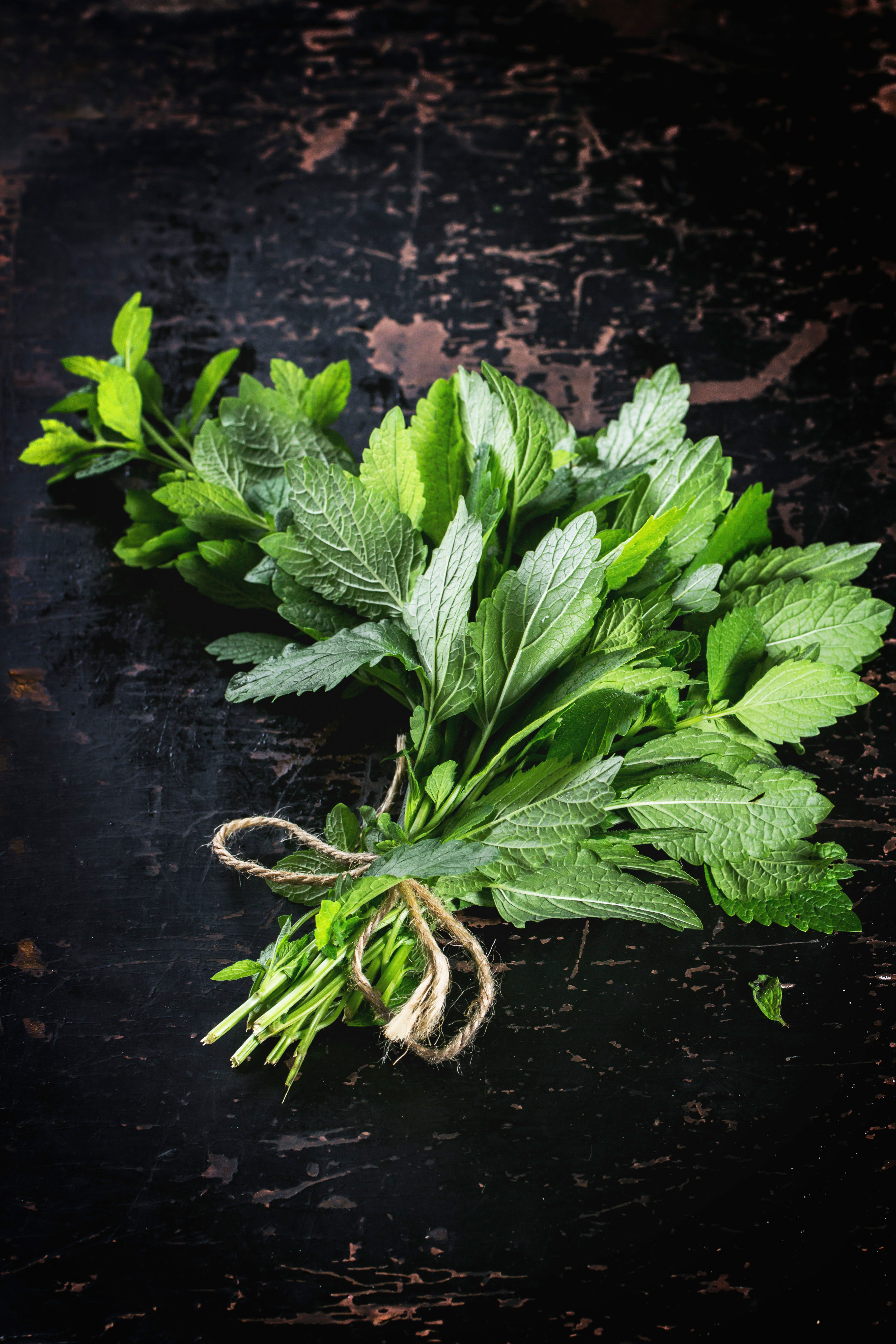
Credit: Alamy
Cultivating mint: What varietals to plant, where to plant them and whether they should be used for jelly or juleps
Mark Diacono explains why mint is for even the incurably incompetent horticultural enthusiast.
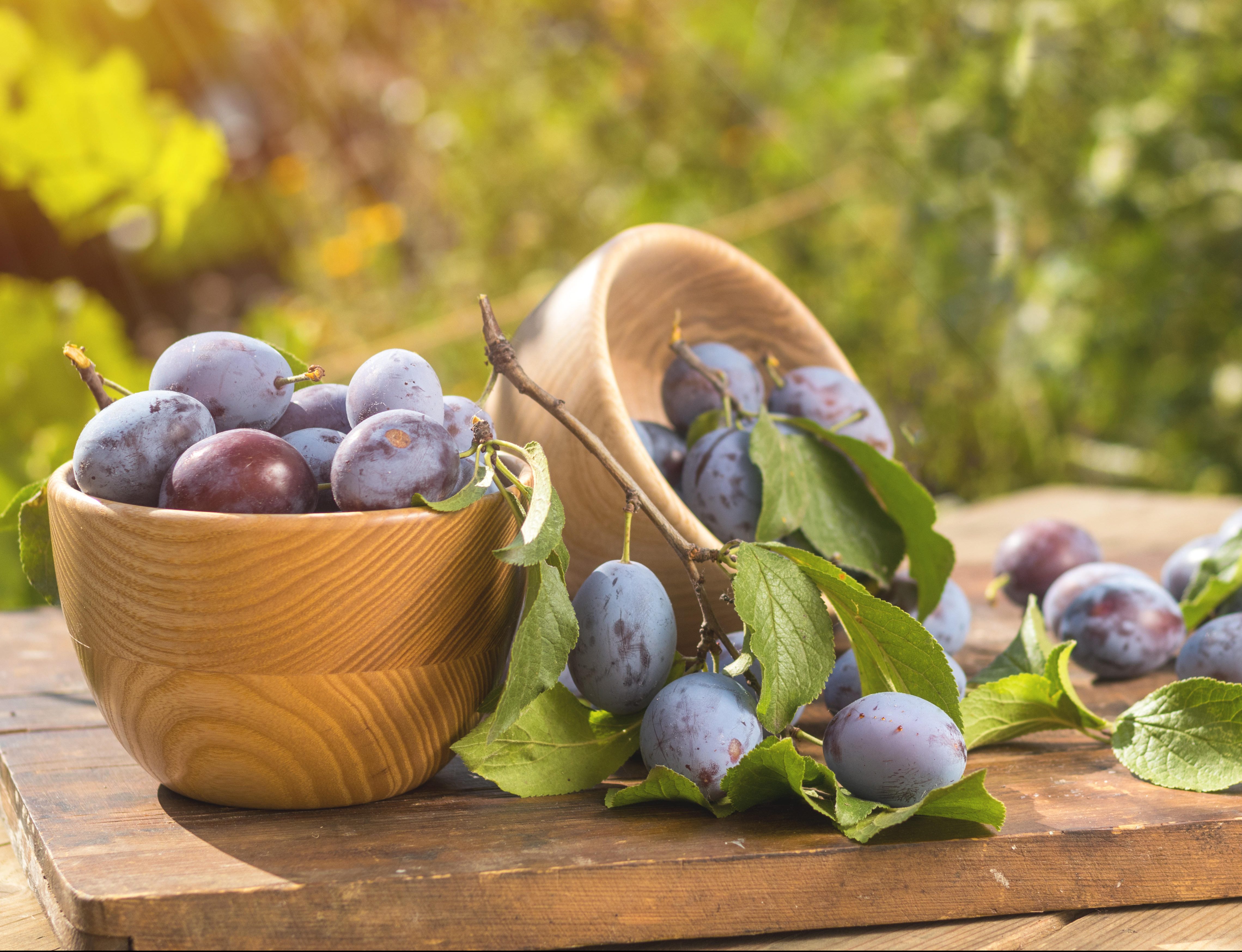
Plums to grow, plums to show, and plums to pop in your gin
Mark Diacono picks his favourite plums — and their close relatives, damsons, mirabelles, bullaces and gages.

Credit: Getty Images/iStockphoto
Grow your own courgettes: What to plant, when to plant it... and why size really does matter
Mark Diacono shares his tips on the surprisingly simple yet hugely rewarding art of growing courgettes.

How (and why) to grow walnuts in your garden
From making a delicious aperitif to enjoying the citrusy scent of their leaves, there are plenty of reasons to plant

How to enjoy home-grown berries for seven months of the year
Mark Diacono offers us some berry good advice for enjoying our breakfast favourites, whatever the season.

Credit: Alamy
The 'underground treasures' which are like a gardener's game of chicken — hold your nerve, and the pay-off is spectacular
Growing plants specifically to harvest their roots takes faith, patience and nerve, explains Mark Diacono, but it's well worth the
Mark is lucky enough to spend most of his time eating, growing, writing and talking about food. He has written fourteen award-winning books, including A Year at Otter Farm and A Taste of the Unexpected (both won Food Book of the Year, and Garden Book of the Year). Known for growing everything from Szechuan pepper to pecans to Asian pears, Mark's refreshing approach to growing and eating has done much to inspire a new generation to grow some of what they eat. He was involved in the early days of River Cottage, appearing in the TV series, and writing four River Cottage books. Mark writes to a global audience on his best-selling Substack: Mark Diacono’s Abundance.
